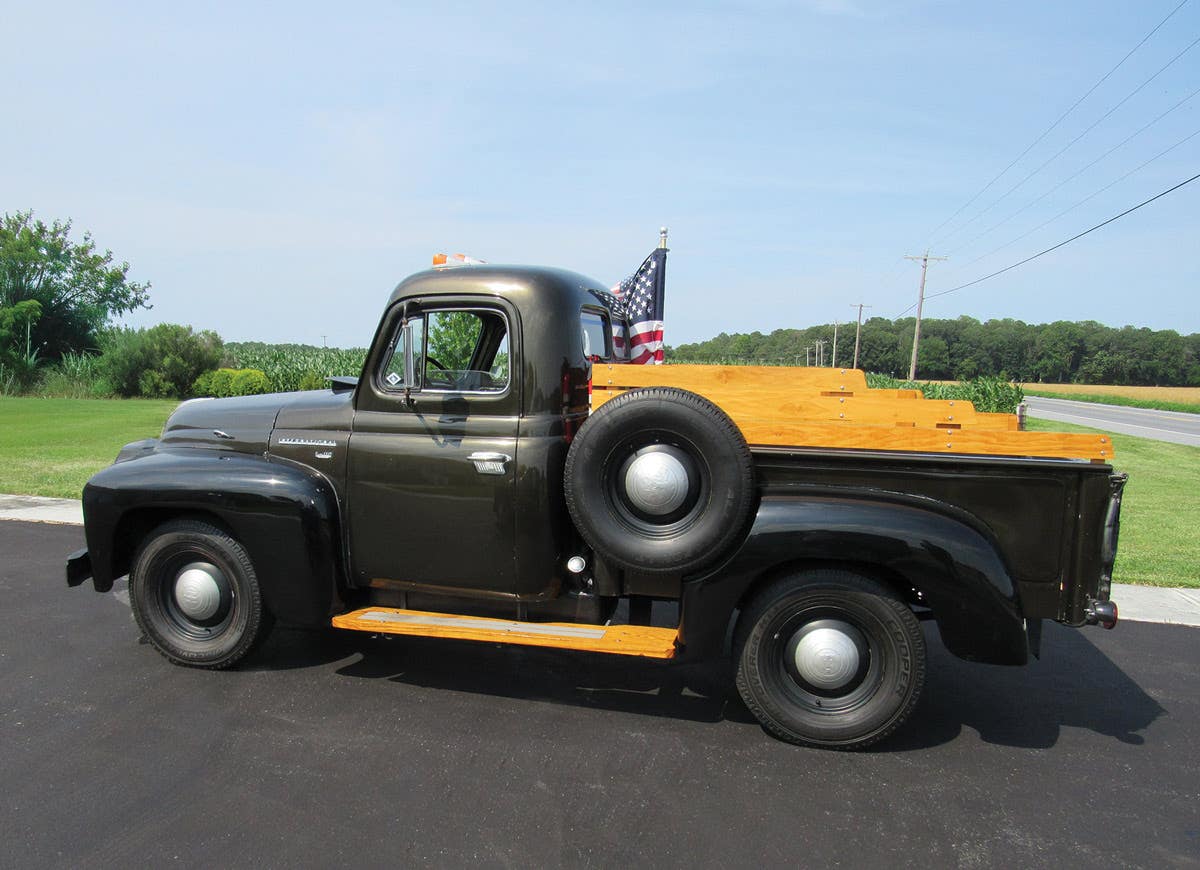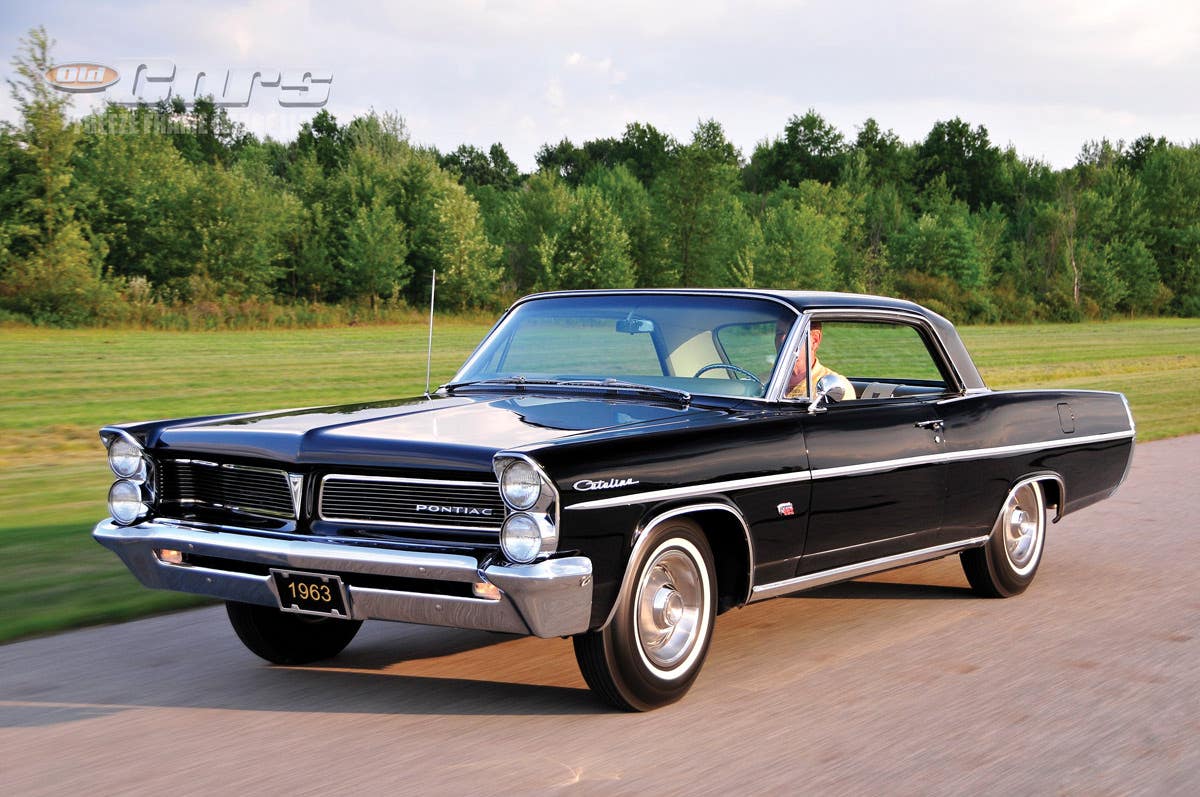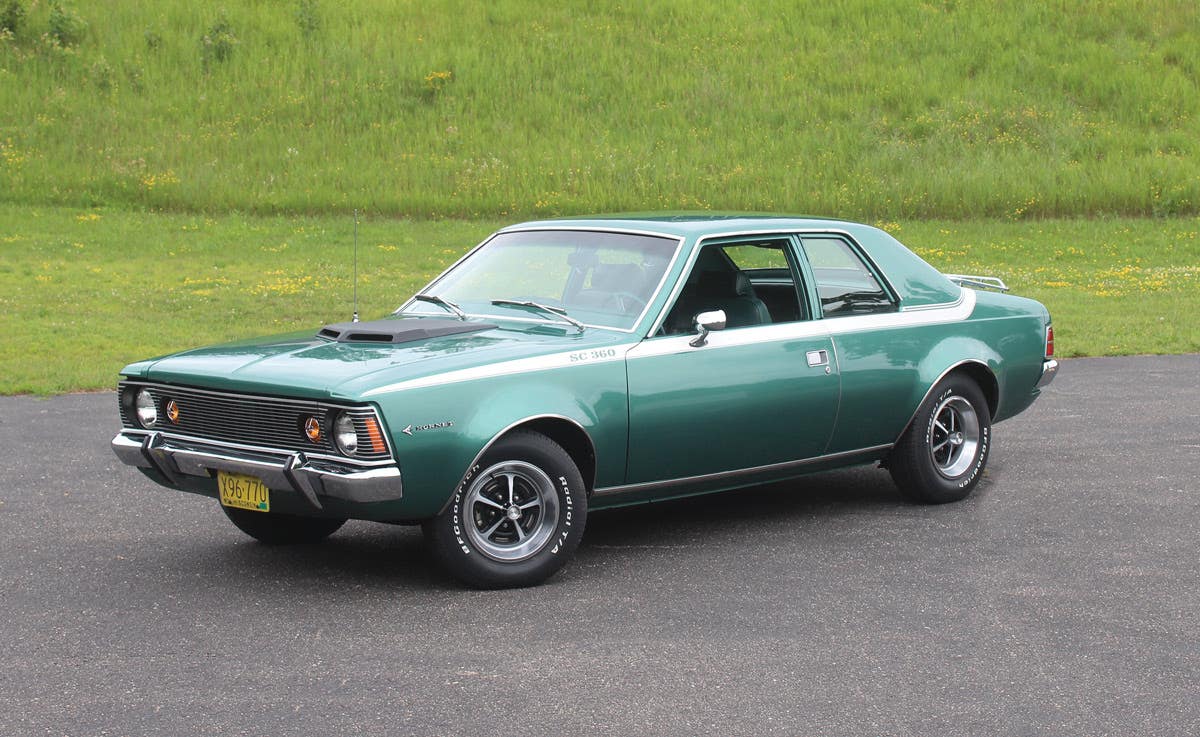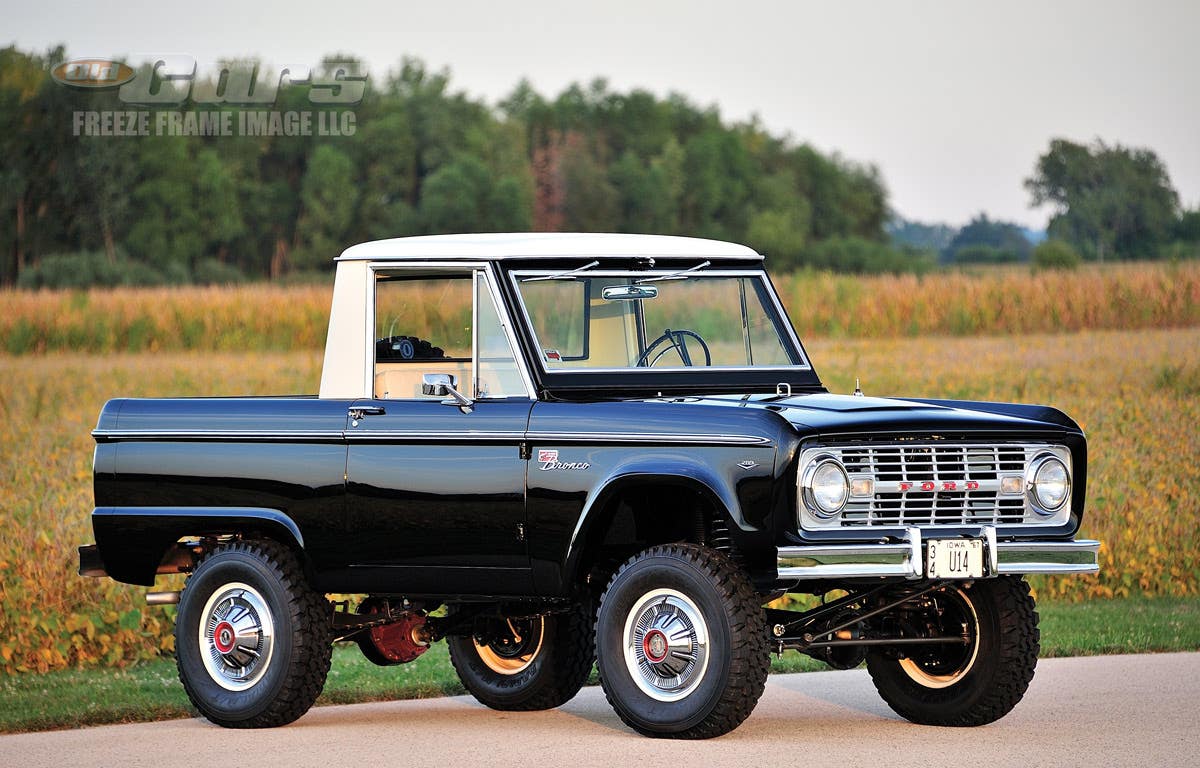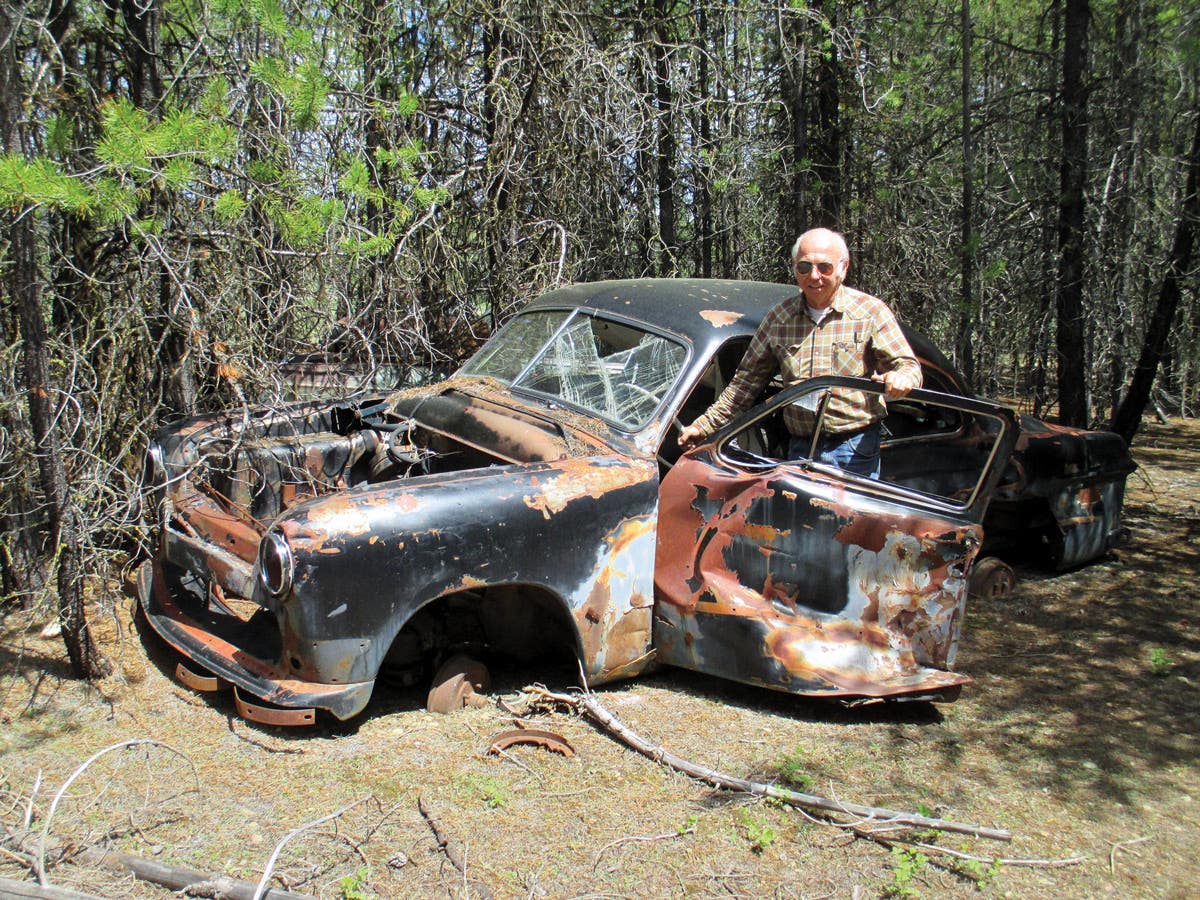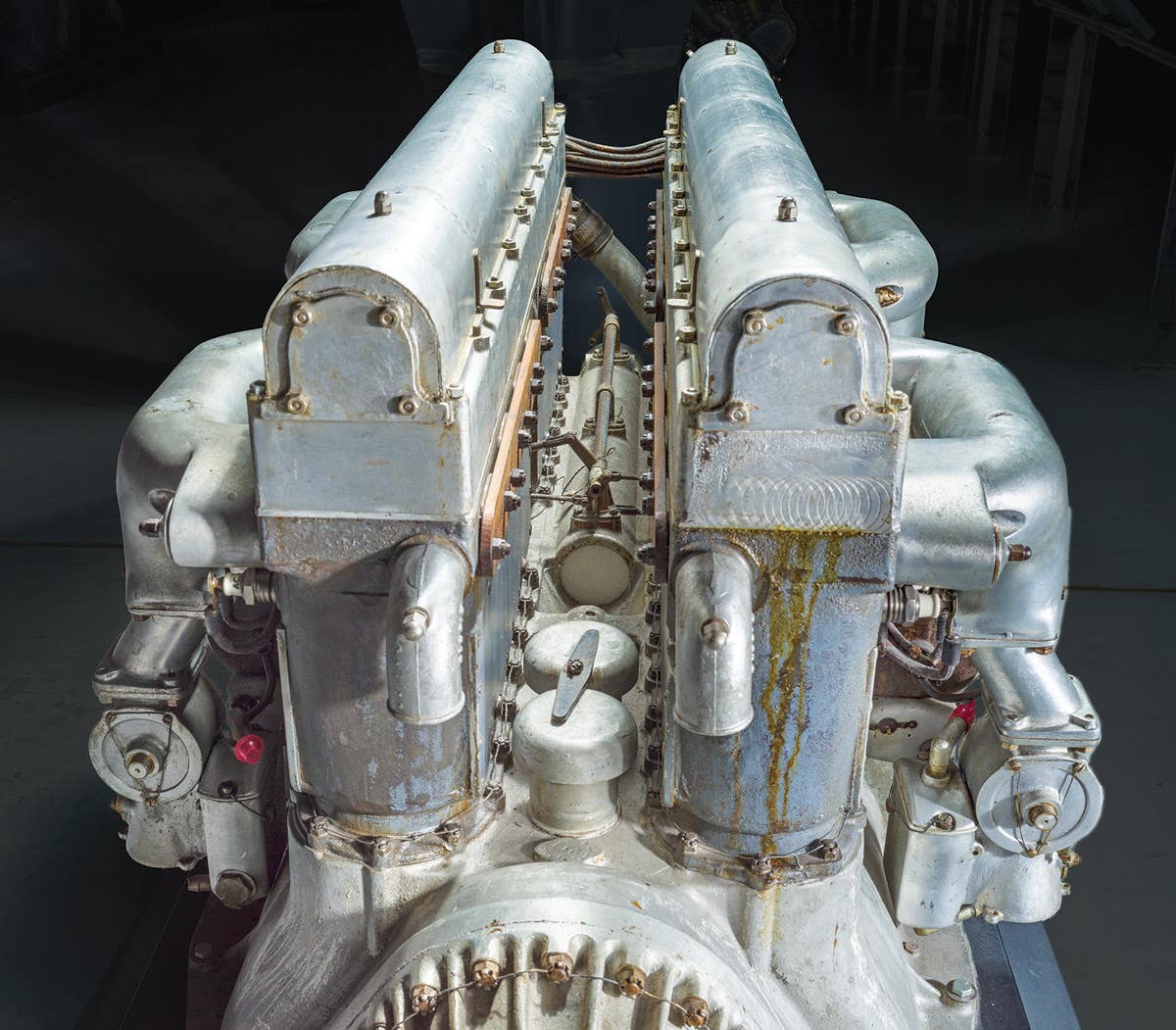Back in ’58, Austin-Healey sprang the Sprite
In 1958, Austin-Healey set out to greatly increase its sales volume. It was then that the company expanded its lineup into lower price ranges with a new sports car tagged at just $1,795. It was the Austin-Healey Sprite.
The 1958 Sprite was an attempt by Austin-Healey to offer a
lower-priced sports car that more buyers could relate to and
afford. U.S. buyers could drive one off the lot for about $1,800.
Austin-Healeys are sports cars I was very familiar with when I was a young buck. I drove ’em often and enjoyed every minute. They’re also historically interesting automobiles because they represented a new direction for one of Britain’s great specialty carmakers.
For years, Austin-Healeys were known as large, fairly expensive sports cars; not as high priced as a Jaguar, but a lot more payola than a Triumph. Throughout most of the 1950s, an Austin-Healey represented a big step up in price from MG or any similar sports car and was more expensive than most American cars. For example, at $3,195 POE (port of entry), a 1957 Austin-Healey 100-6 was about $900 more than a V-8 powered Studebaker Silver Hawk. And friends, $900 was a lot of dough in those days. Looked at another way, although the 100-6’s price was about the same price as the Studebaker Golden Hawk, the Hawk was larger, more comfortable and in raw acceleration could suck the headlights off an Austin-Healey.
However, compared to other foreign sports cars, the Austin-Healey 100-6 felt big and substantial, and had good lines and a nicely trimmed interior. For anyone desiring a true European sports car experience, the Austin-Healey was a viable alternative to Porsche and Alfa-Romeo. The company managed to carve out a niche by offering a unique blend of comfort and performance, with a price in between MG and Jaguar. It was a narrow marketing strategy, but it worked well enough.
But in 1958, Austin-Healey set out to greatly increase its sales volume. The company hoped to achieve this growth by expanding its lineup into lower price ranges with a new sports car tagged at just $1,795. Called the Austin-Healey Sprite, the car was priced more than $1,000 less than the brand’s next model up. This opened up the possibility of Austin-Healey ownership to a lot more people.
To achieve that low, low price tag, the new Sprite was designed as a small, light and very basic machine. Its tiny 80-inch wheelbase was a full foot shorter than the 100-6 model which, like Sprite, was also just a two-seater, and overall length was a mere 132.6 inches. Body lines were of a fairly simple design. The sides were flat, and the depth draw of each stamping was fairly shallow — again, to reduce costs. The most unusual aspect of the styling was the headlamps sprouting from the hood, which gave the front end an expression sort of like an animated cartoon automobile. This cheery look earned the little Austin-Healey two nicknames; in Great Britain enthusiasts dubbed it the “Frog-Eye,” while we Yanks called it the “Bug-eye Sprite.”
Interior details were actually pretty nice, all things considered, with bucket seats and a nicely trimmed instrument panel. However, interior space was certainly minimal. Every aspect — leg room, head room, hip, shoulder and knee room — were all in short supply. Back then, we used to joke that if you stretched out your legs you’d knock the headlights out! Trunk space was adequate; by that we mean there was enough room for your girlfriend to take along a spare bikini and little else. Still, few people ever bought a British sports car for room and comfort. Instead, they were hooked on the joy of motoring, driving a car that could follow turns and blast through corners, a thrill to take on a twisting road. Sprite provided that.
Specifications of this charming little sportster included a smallish 948cc in-line four-cylinder engine mounted up front. With 8.3:1 compression and twin carburetors it developed 42.5 horsepower and, yes, that wasn’t much grunt even back then. However, Sprite’s weight was less than 1,500 lbs., so the engine didn’t have a lot of mass to move. Hooked up to this hard-working little mill was a four-speed transmission. Rack-and-pinion steering provided good feel of the road and that, along with the Sprite’s minuscule size, made for a very agile and quick machine able to scoot in and out of traffic with ease. Stopping was done by hydraulic drum brakes all around.
As far as raw performance numbers go, the Standard Catalog of Import Cars lists the early Sprite’s top speed as 83 mph, with 0-60 acceleration possible in 20.2 seconds. Although I’ve driven many Austin-Healey Sprites when they were fairly new, I never brought along a stopwatch so I can’t verify those figures. But I will say that acceleration was not one of the Sprite’s shining characteristics.
Indeed, the whole idea behind the Sprite was that it was a true sports car, made in Britain (as God intended) that delivered the joy of driving with the sun on your face and wind in the hair at a price a lot of people could afford. That concept worked well for many years until the arrival of newer, better cars.
In 1962, a revised and improved Sprite MK II appeared. With squarer front fenders and more traditional headlamp placement the new Sprite lost a lot of its quirky British charm, but the new look appealed to many buyers. A new 1100cc engine was rated at 56 horsepower — not an overwhelming amount of power but a more than 30-percent improvement over the original. Sprite’s top speed was now listed at 88 mph, with 0-60 possible in 16.8 seconds. That wasn’t great, but it was a definite improvement.
Mid-decade saw the final Sprite version: the Mk IV. Engine size went up to 1275cc and power climbed to 65 hp. Sprite drivers with a bit of pluck could now see the other side of 100 mph, if winds were right and plenty of time was put aside to get there. Zero-to-60 could be accomplished in just over 12 seconds. But, with competition intensifying as a result of newer designs coming into the market, the little Sprite was no longer able to attract enough buyers. By 1970 it was phased out.
Next time you’re in the market for an inexpensive and fun old car, give the little Austin-Healey Sprite some consideration. Parts are available and, although you need tiny hands to reach many of the components, the cars are fairly simple to work on. The Sprite may be small, but it sure had a lot to offer.
CLICK HERE to tell us what you think in the Old Cars Weekly Forums



